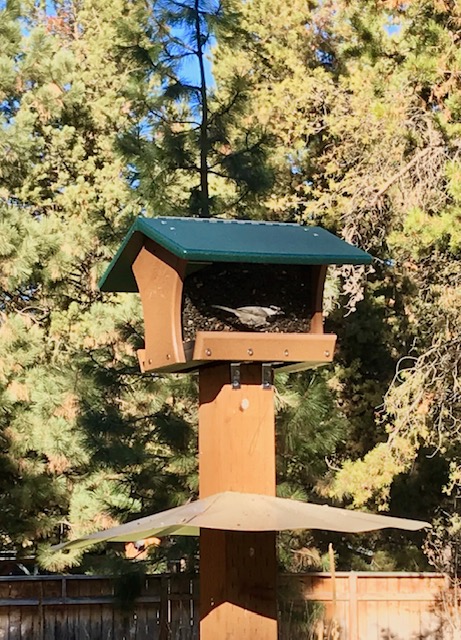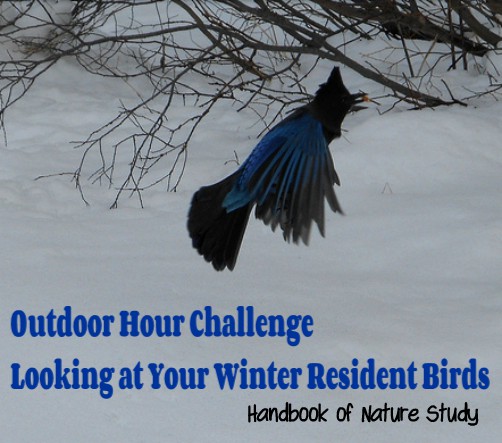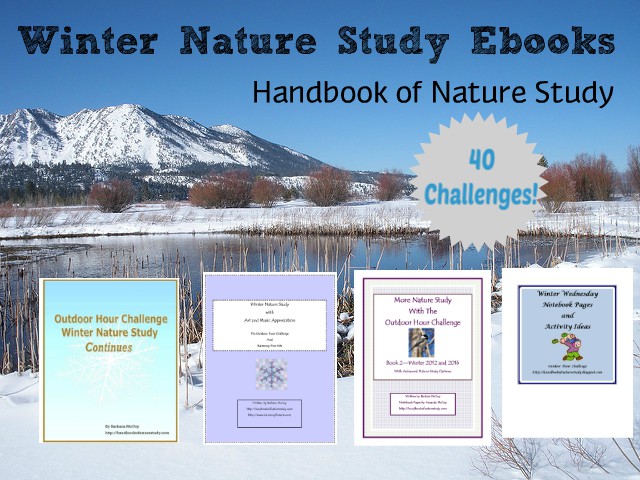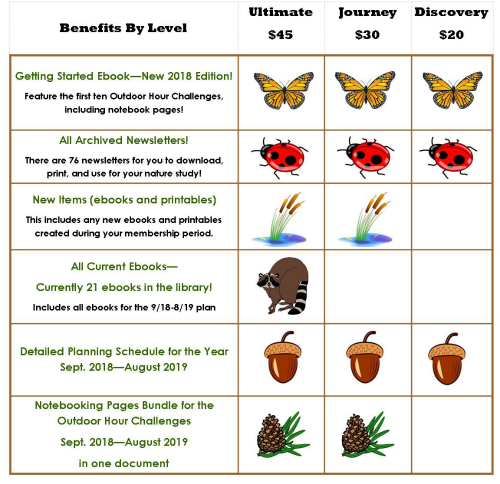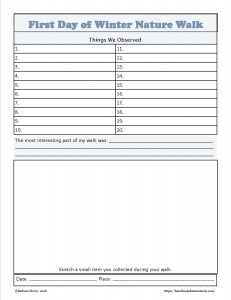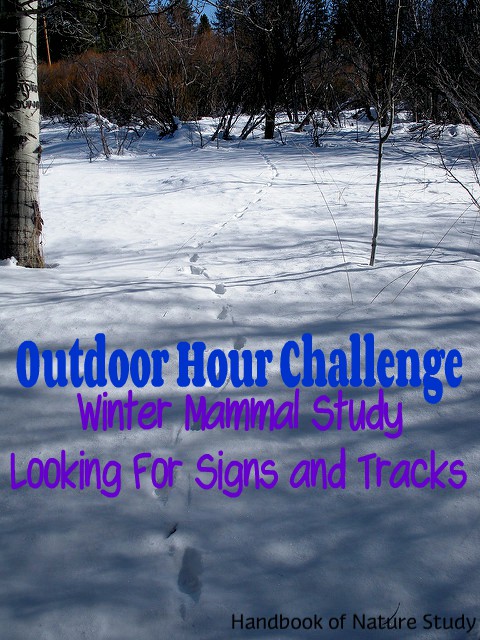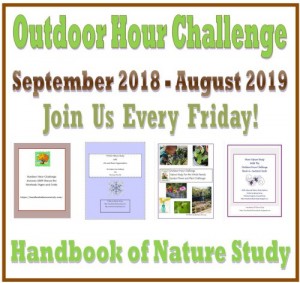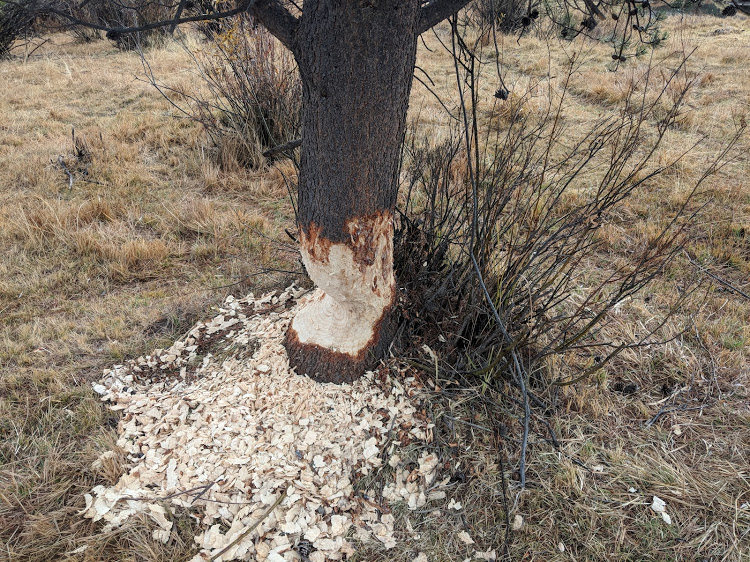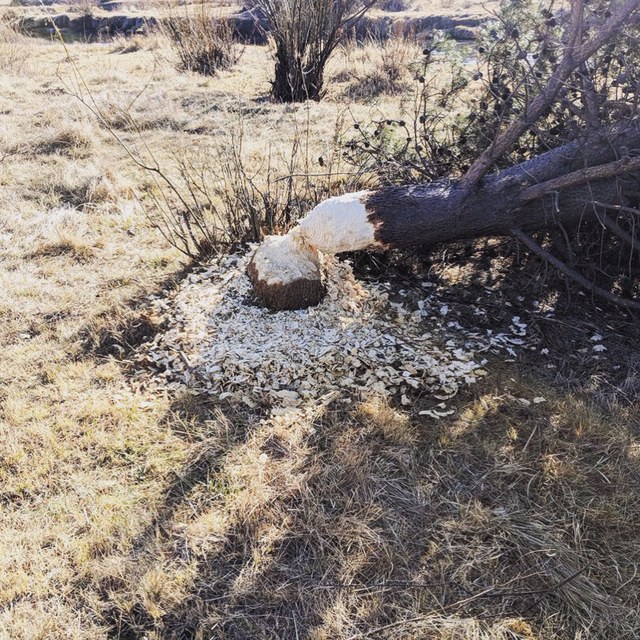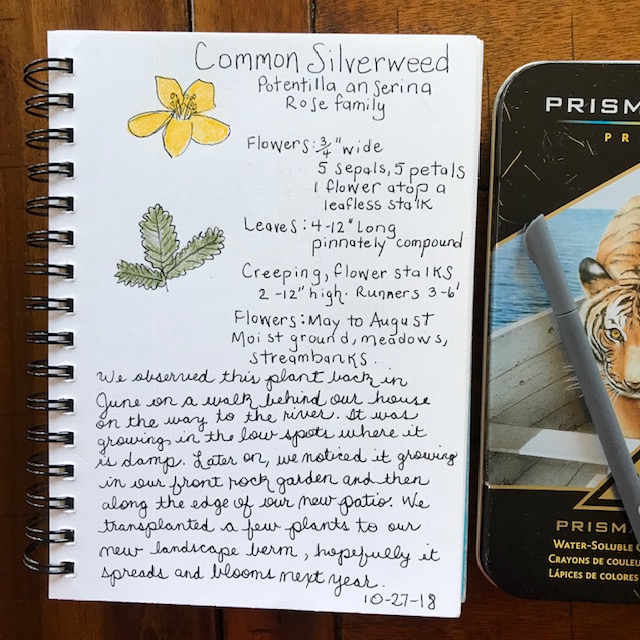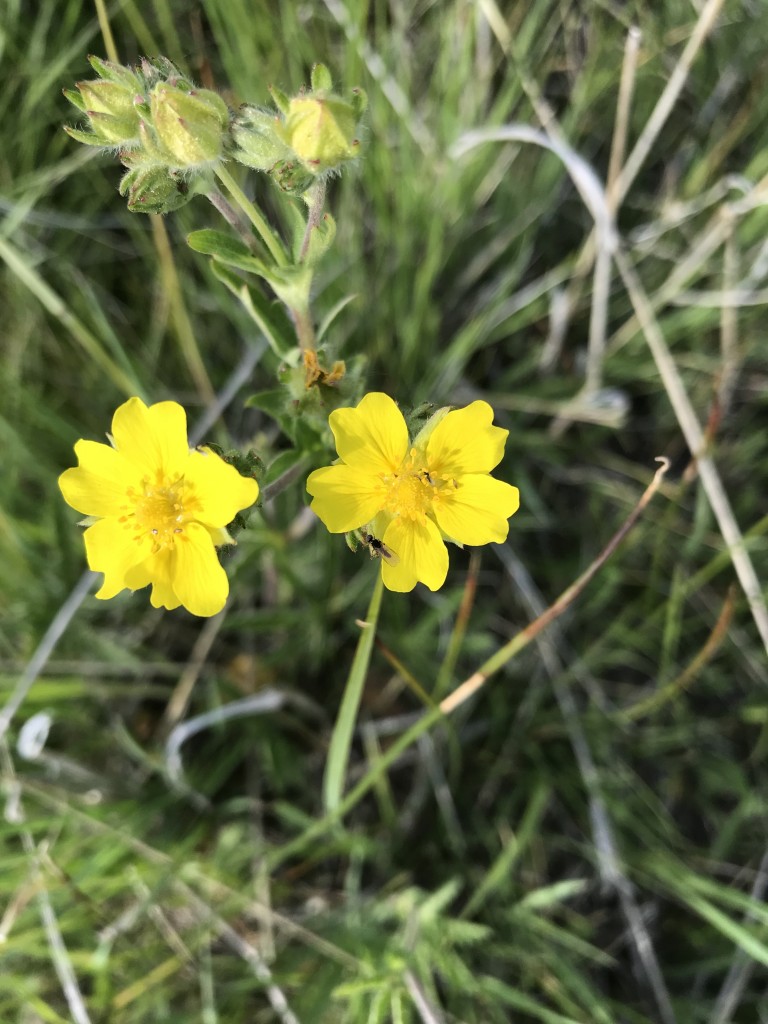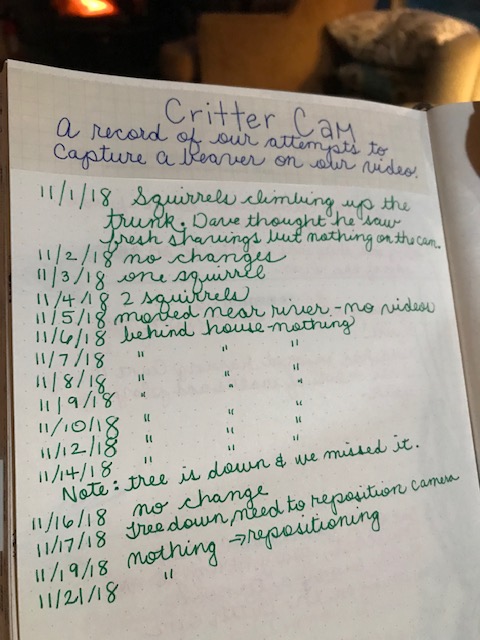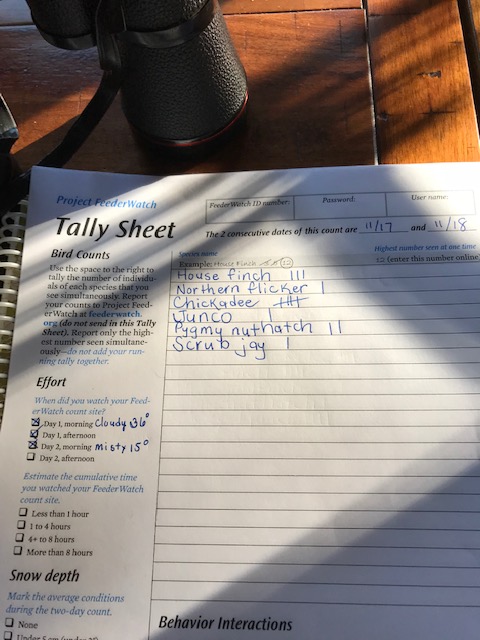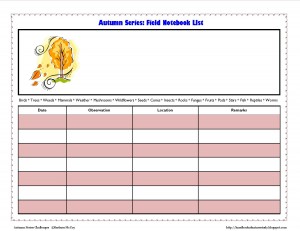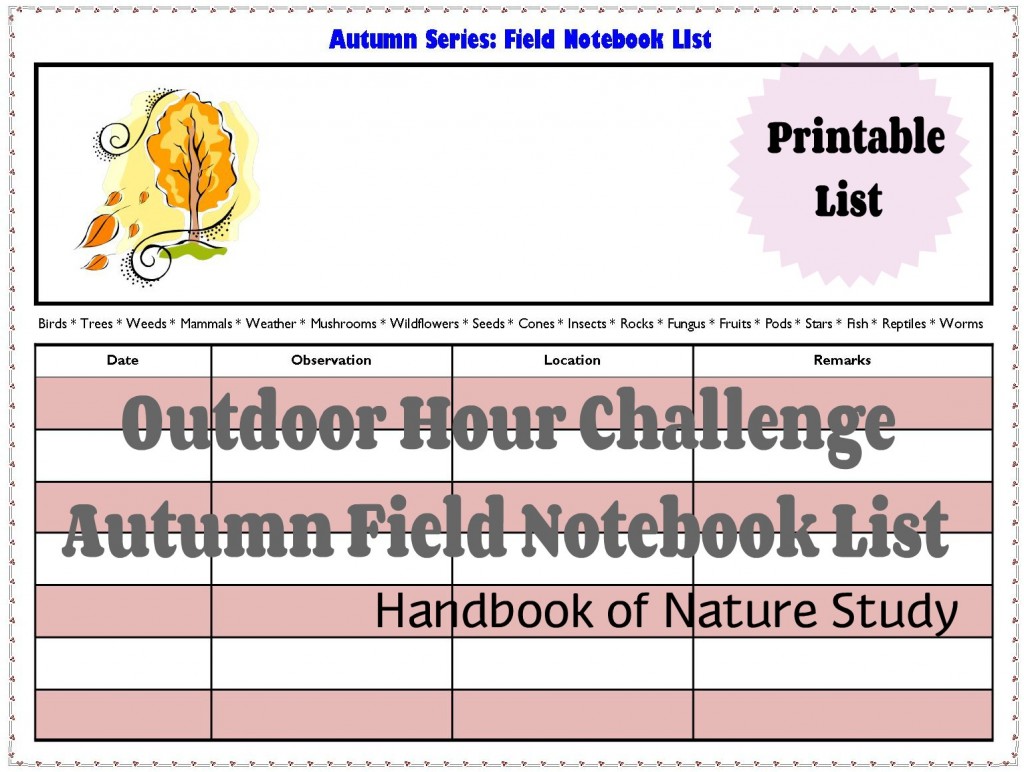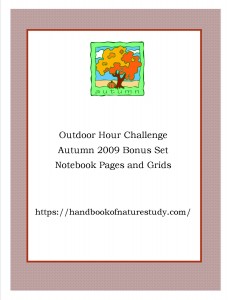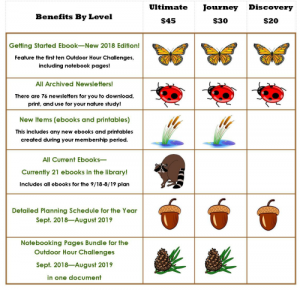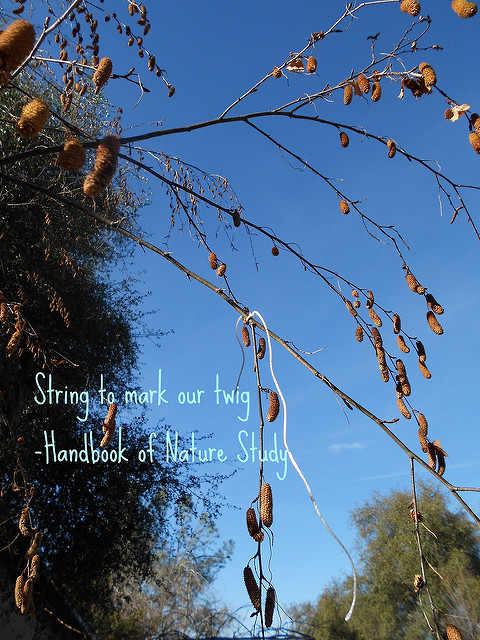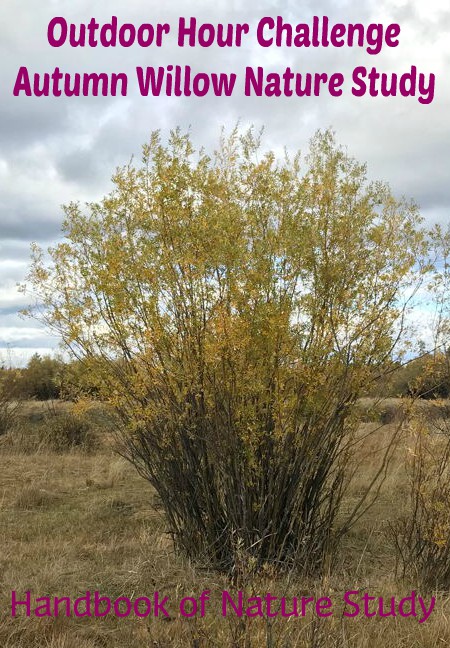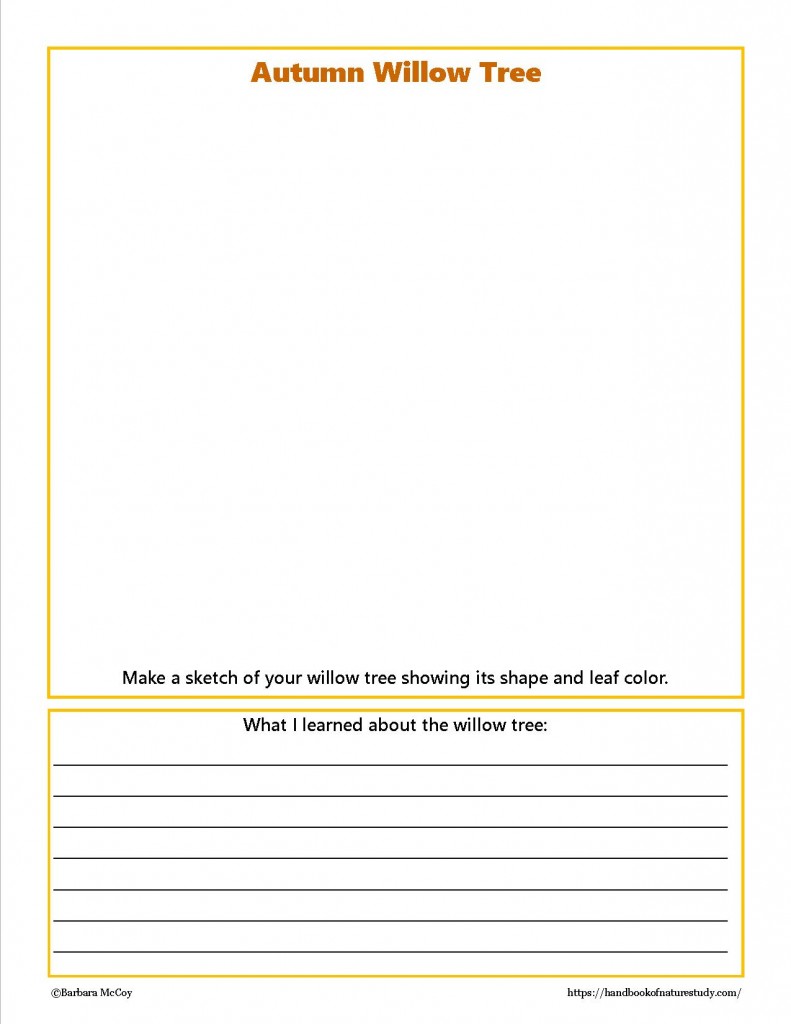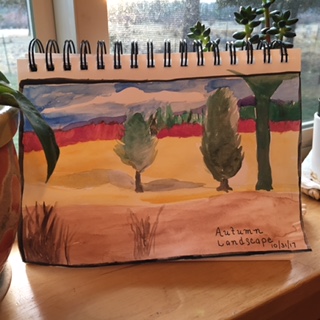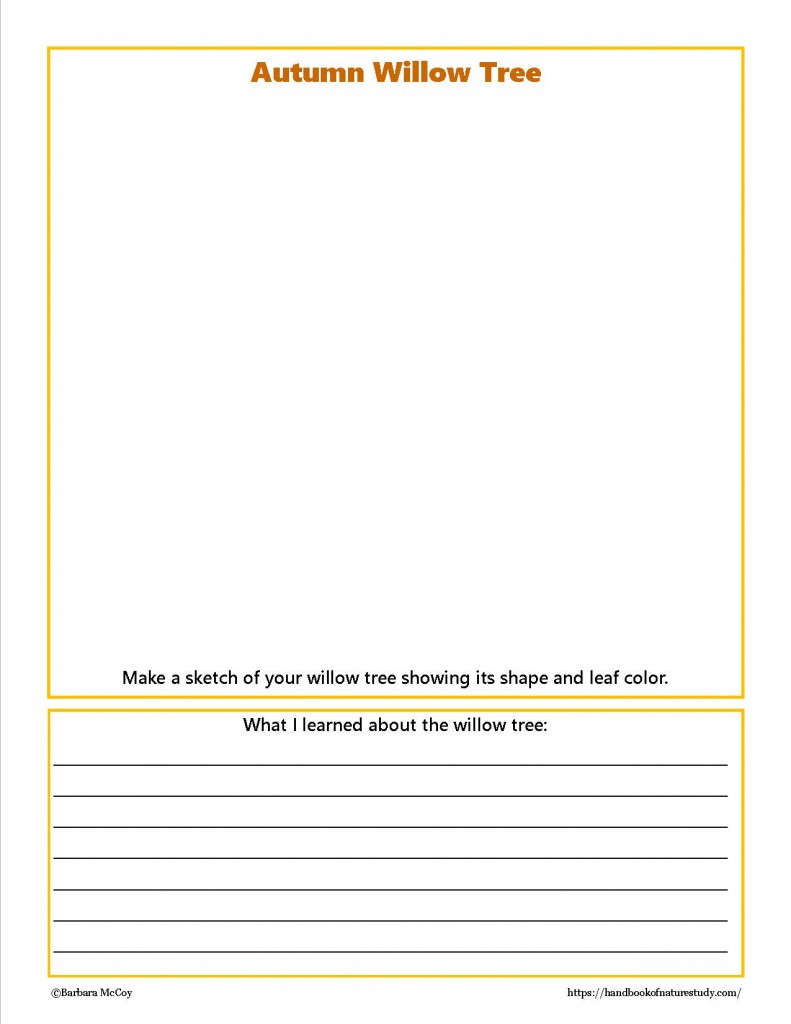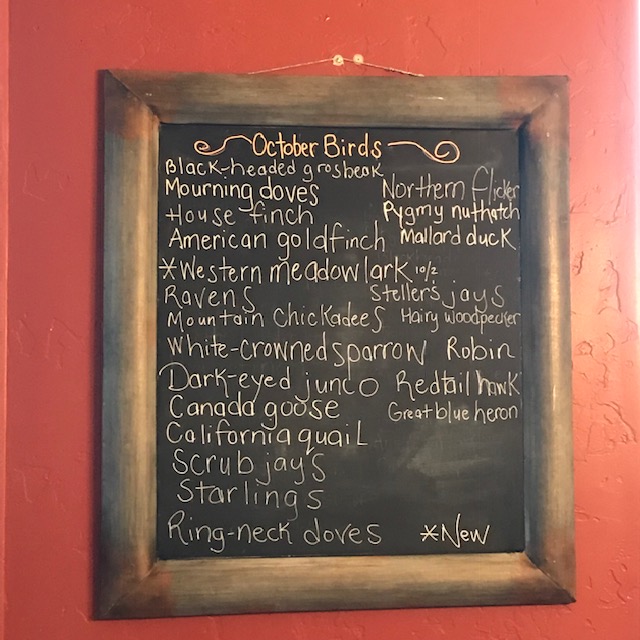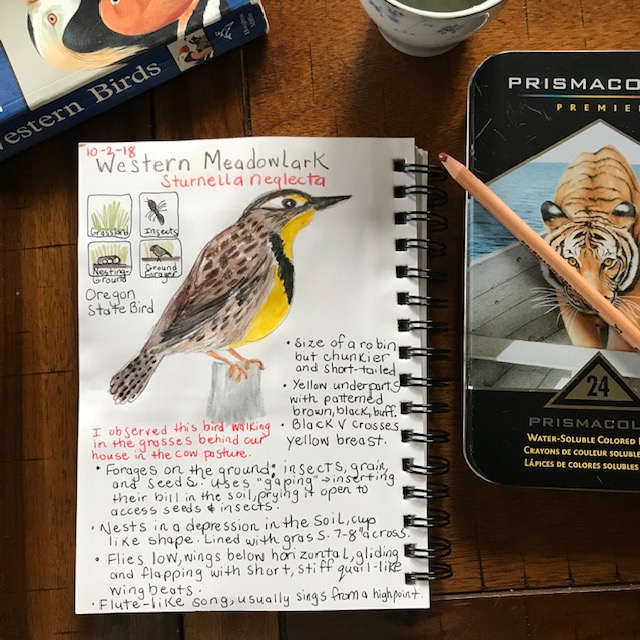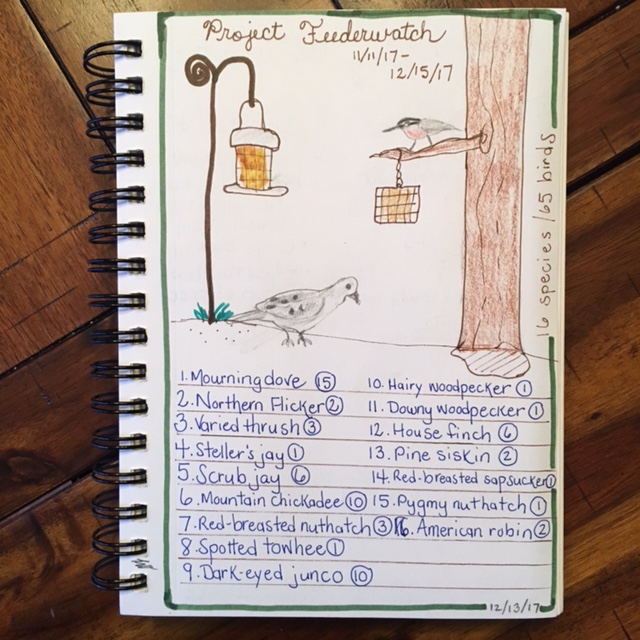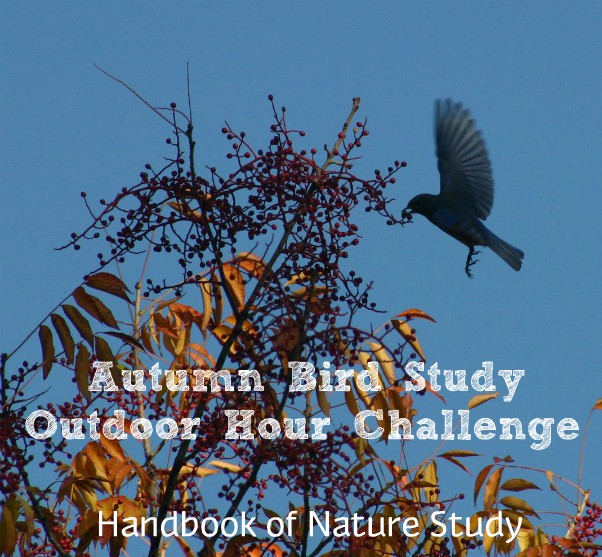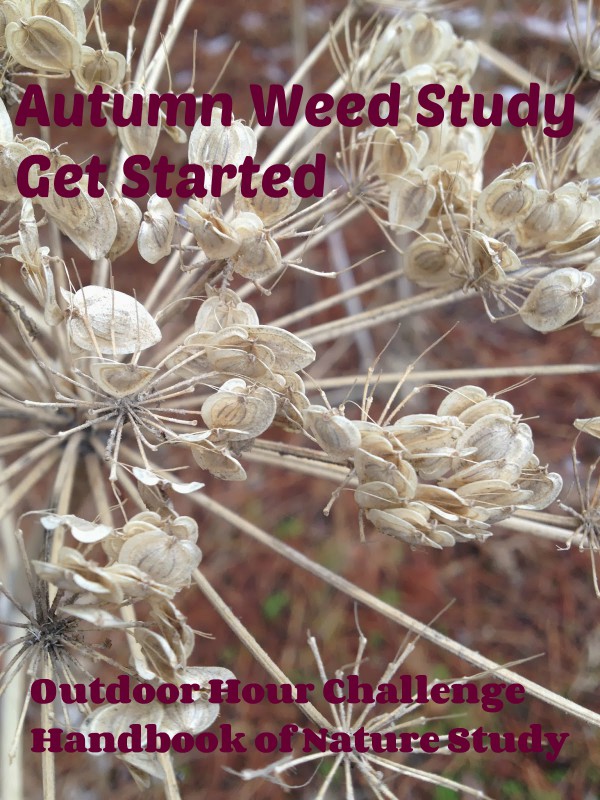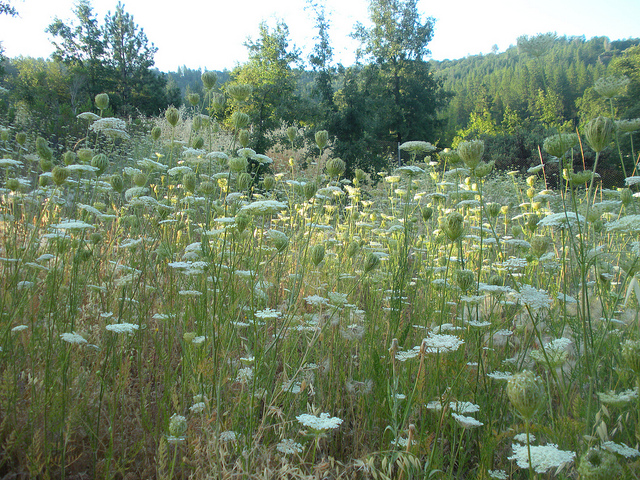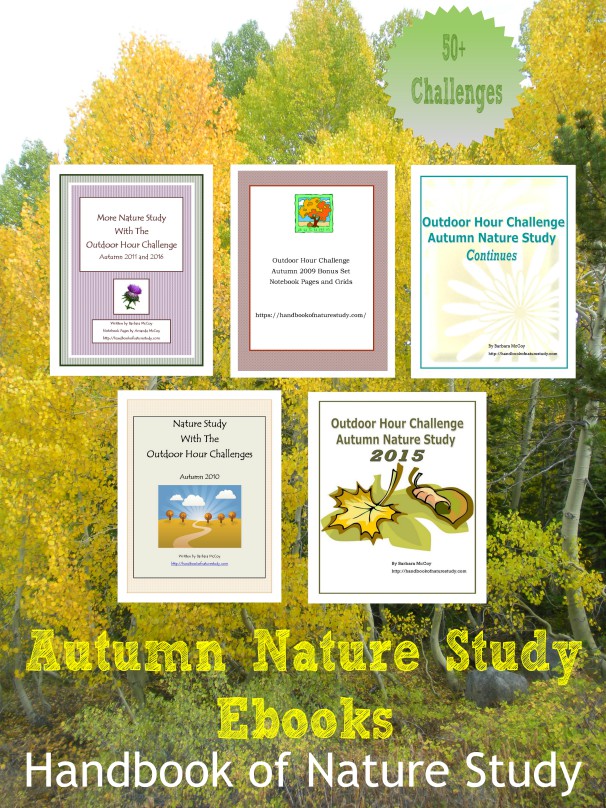Our winter bird study has included a lot of watching out the window at our feeders. They’ve been super busy with all the wintery weather, including snow that hasn’t melted and covers the landscape. I keep track of the birds in our feeders as part of Project Feederwatch and so far this season we had a good number of birds visit.
There are still a couple of winter migrants that haven’t made an appearance yet like the spotted towhee. We will keep our eyes open!
In particular, I’ve made a study of the chickadee, learning the difference between the mountain chickadee and the black-capped chickadee. There’s an easy way to distinguish them and I made a page in my nature journal to solidify the information in my brain.
Right now my interests have turned to learning more about bird migration. There’s an exhibit at the High Desert Museum in Bend, OR that features information about migration, called Animal Journeys. I have another month left on my membership there and I’m hoping my hips heal up enough that I can manage a quick visit there to take it all in.
Here’s an image my husband sent me of an eagle soaring over the river behind our house. What a treat!
That pretty much wraps up our winter bird study so far this season. I know we’ll be continuing to look for and learn about birds because that’s what we do here.
Bird nerds forever.
Bird tab image and link
Are you interested in seeing my picks for bird related books and field guides? Click over to my bird tab on the website.


